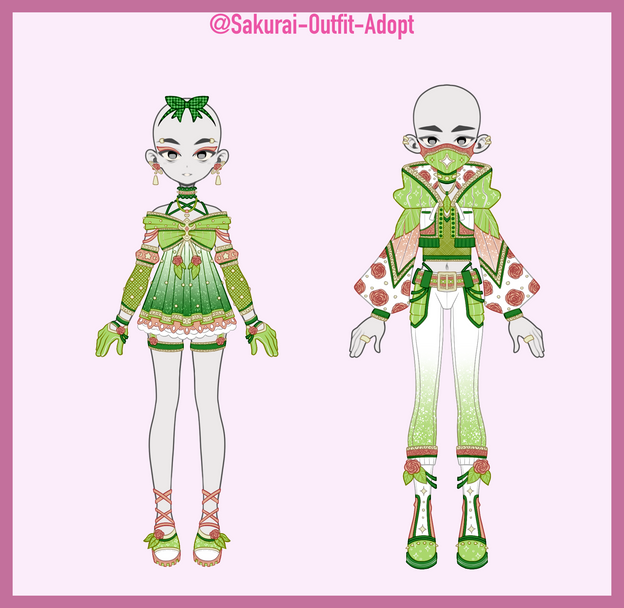HOME | DD
 MrAntlear — Domestic Smeerp Breeds
MrAntlear — Domestic Smeerp Breeds

#serina #speculativeevolution
Published: 2022-11-02 19:39:50 +0000 UTC; Views: 1137; Favourites: 14; Downloads: 3
Redirect to original
Description
Domestic Smeerp breeds
The domestication of smeerps began roughly in 265 Million+8000 Years(around tow thousand years before the ocean age). The social gravediggers raised them in earther pens around the walls of their mound houses and now maintained a stable food supply independent of the wild ecosystem, which allowed their number to grow.
The Domesticated smeerp species was a forest smeerp, which is likely shown here: ( sites.google.com/site/worldofs… )
When the woodcrafter left their former home for the south, the gravediggers went with them and took some of their livestock with them and cultivated them at the coast. Smeerps are easily maintained as they can, in contrast to the woodcrafters, subsist on nutrient poor food such as grasses.
In the early ocean age other smeerps which lived in the steppe, which had replaced the coastal forest, were domesticised as well. They interbred with the domesticised forest smeerps and intermingled until they became a single species. Over the eons a multitude of breeds emerged. Smooth haired and frizzly haired breeds, breeds with colours like black, grey, white, brown, reddish, orange, yellow and even greenish with every colour inbetween were bred, and sizes range from very small(like mice on earth) to really large.
In 270 Million Years PE Wild smeeprs are slowly dying out, likely because there is little space with food - mainly grass ( it somehow hit them harder than other species) and they have interbred with escaped domestic smeerps for so long that they are hardly distinguishable from primitive smeeprs breeds, a situation similar to that of wild horses in Europe, which went extinct to an unknown date and likely heavily interbed with domestic horses beforehand.
Domestic Smeerps on the other hand are likely the most abundant domestic animal and are prized for their high fecundity and are one of the main meat sources on land.
They sleep in pens or small stables during the night and usually they get driven toward their pastures in the morning and back into their stable in the evening. They feed on grassy pastures which are surrounded by steep earth walls during the day. Driving smeeps around is easy as they are rather docile, unlike their wild ancestors.(Just don’t do it too late or too early, when it is still dark predators are more frequent, and when one attacks, they will scatter in all directions, and getting all surviving smeerps back into the stales is a big hassle as they are difficult to drive into a specific direction when they are spooked.
Almost all domestic smeerp breeds are not very social just like their wild ancestors, but are very tolerant to crowding, a necessary change for domestication. They frequently have shorter snouts than their wild ancestors just like domestic omniphages, which is a by-product of their domestication.
Since there are likely hundreds of breeds, for simplicity only three breeds will be elaborated.
On the mainland the woolly smeerps are widespread. They are a small to medium sized breed and sub-groups may have smoot or frizzly coats, and grey and brown are the most common coat colours, black and yellow are rarer because mainland smeerps still face predation occasionally, when predators intrude into their pastures surrounded with dirt walls.
Island smeerps frequently face predation too, mostly in the form of sea ravens which really like to steal the sea stewards livestock, but usually get deterred by them, especially by Aukvultures which voluntarily drive them away from most places.
A rather lanky breed is the central island longear. It is a medium to large sized breed and the most common coat colours are brown, ochre and greenish. The coat is rather thin, as it lives in the warmest regions of serina, near Meridia, the capital of the sea steward civilization.
The largest smeerp breed is the Giant Smeerp. It looks almost like its extinct relatives, the cursorial ungulate like circuagodonts. If those forms had survived and were domesticated they would have likely become similar forms.
It can reach shoulder heights of up to 1meter and 15 centimetres in extreme cases, 1 meter is a much more common size.
The giant smeerp is unique along smeerps as it is smarter and has well developed social bonds. It is not used solely for meat, thanks to its size and temperament it can be used as a mount for Thalassic gravediggers. It also has a very calm temperament and is not very skittish, which is unusual for smeerps, which evolved as prey species relying on flight. Should the Giant smeerp really get threatened it can run quite fast and therefore does not rely much on backtracking and dodging. As last resort it can kick with it hindleg, but this is very risky because that could cause lethal injuries.
Giant smeerps live on several islands, also on the western part of the meridian island and even in some places on the great peninsula.
Funnily, the Least Pied Island Cattle is even smaller than the Giant Smeerp, with a shoulder height of only around 55 to 80 centimetres!
-- This Fanart is based on Serina, a speculative evolution/worldbuilding project, which is the sole intellectual property of of .
You can view his work on sites.google.com/site/worldofs… . --
























